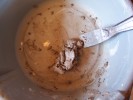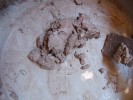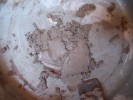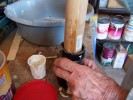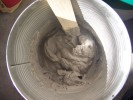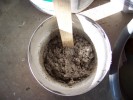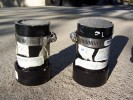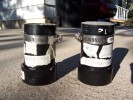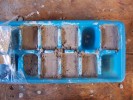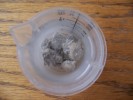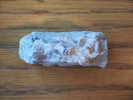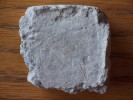Notes
This was the first attempt to recreate Roman concrete using Mt. St. Helen's ash. This
should be considered a pilot experiment to become familiar with the materials and
how they should be mixed, etc.
Slides 1 - 8
The mortar was mixed in a plastic tray with very low water content so it is very stiff.
The mortar was pounded into the cylindrical molds using pea gravel as the aggregate.
Slide 10
Extra material was placed in ice cube trays so it could be used for other testing and examination.
Slide 11
After the cubes had cured, one was placed in water to see how well its hydraulic properties held up.
As can be seen, the cube did not stand up very well to being placed in water and it fell apart.
Slides 12 - 13
One cube was broken to examine its internal structure. This cube was scratched with a
fingernail to see how strong the surface is.
| 